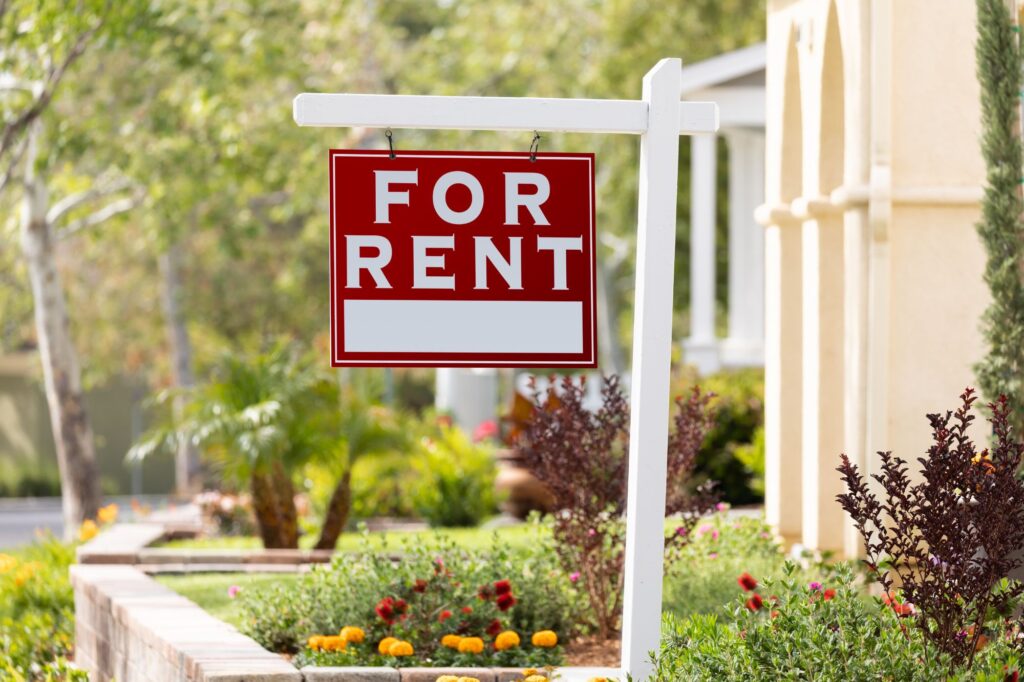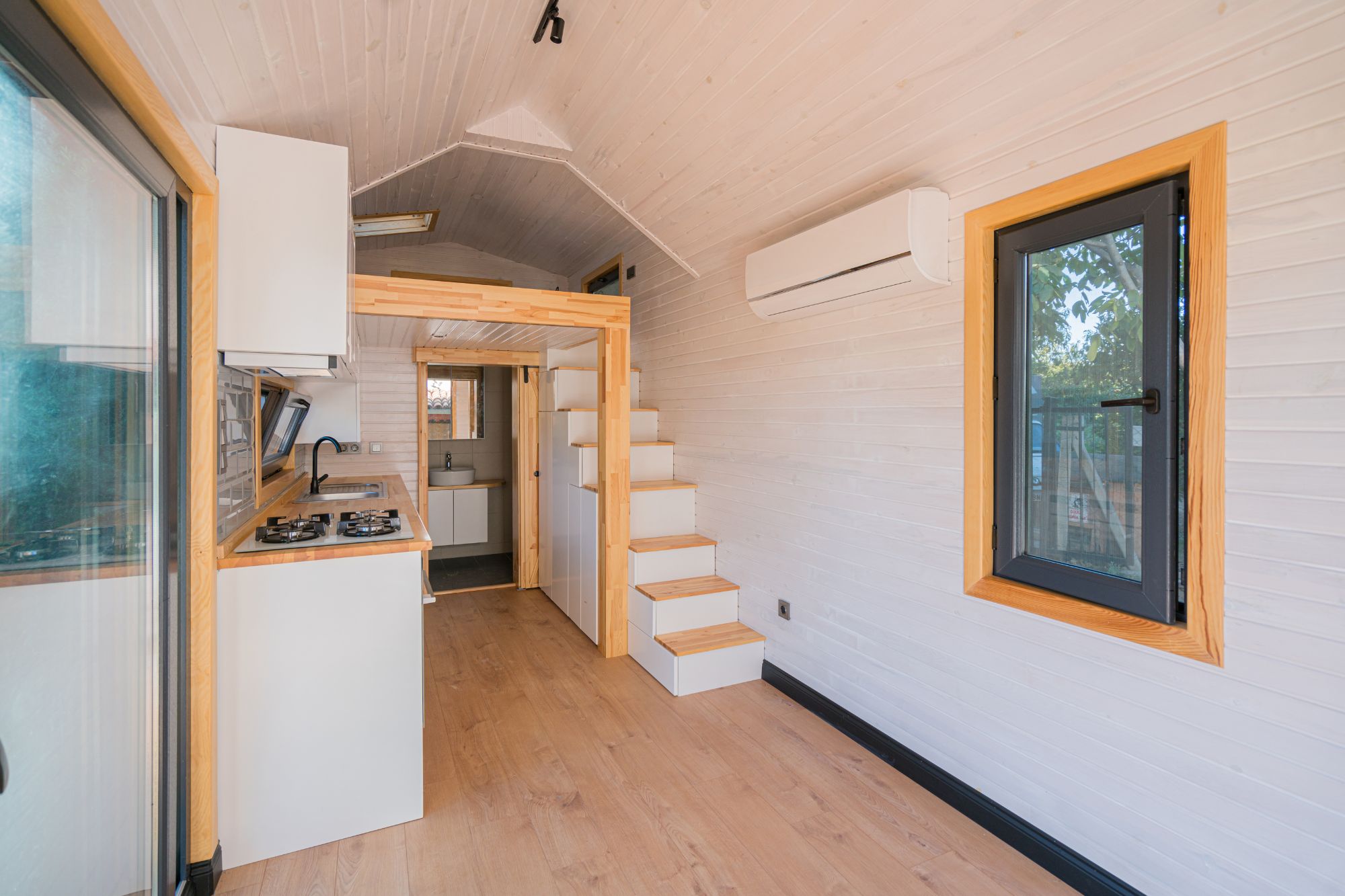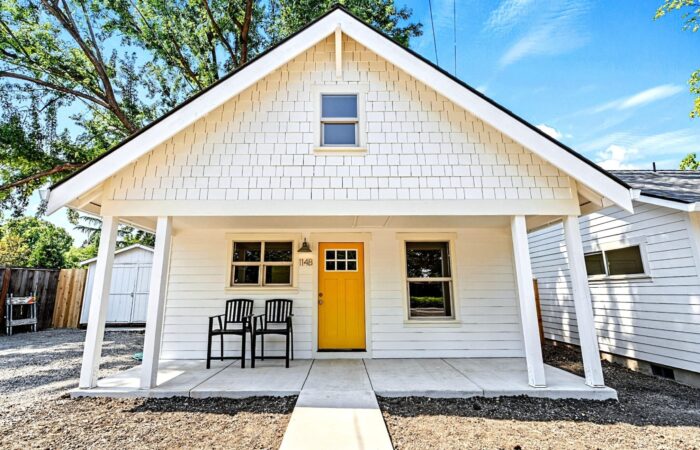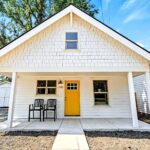In the quest to tackle housing supply and affordability challenges, innovative solutions are emerging. Among these solutions, accessory suites, also known as accessory dwelling units (ADUs), secondary suites, accessory apartments, basement suites, laneway houses, garden suites, and garage conversions, have gained significant attention.
These auxiliary housing units present a promising avenue for addressing the housing crisis prevalent in North America.
What are Accessory Suites?
Accessory suites are self-contained living units that are secondary to the primary residence on a single-family lot. They come in various forms, including basement apartments, converted garages, separate cottages, or additions to existing structures. These units typically have their own entrance, kitchen, bathroom, and living space, providing autonomy and privacy to their occupants.
Who Can Benefit?
The versatility of accessory suites makes them beneficial to various demographics. For homeowners, they offer an opportunity for additional rental income, increased property value, and multi-generational living arrangements.
Renters (including adult children) benefit from access to affordable housing options in desirable neighbourhoods, often with proximity to amenities and transportation hubs. Additionally, accessory suites can serve as a solution for aging in place, allowing seniors to maintain independence while staying close to family members.
A Positive Solution to Housing Challenges

The proliferation of accessory suites presents a positive and viable solution to the housing supply and attainability challenges in North America. First, they increase housing density without significantly altering the existing urban landscape, promoting sustainable development and efficient land use and avoiding sprawl. Second, by utilizing underutilized spaces such as basements, garages, or backyards, accessory suites maximize the use of existing infrastructure, minimizing the need for costly new construction.
Moreover, accessory suites contribute to socioeconomic diversity within neighbourhoods by providing housing options across various income brackets. They offer an alternative to traditional single-family homes and high-rise apartment buildings, catering to the evolving needs and preferences of modern households. Additionally, the income generated from renting out accessory suites can help homeowners offset mortgage costs and mitigate financial burdens.
Furthermore, accessory suites have the potential to alleviate housing shortages in urban areas, where land scarcity and high property values pose significant barriers to homeownership. By expanding the housing supply and promoting affordable rental options, accessory suites foster inclusive and equitable communities where individuals of diverse backgrounds can thrive.
Unlocking Potential

Accessory suites represent a promising solution to the housing challenges faced by North American cities. Through their flexibility, affordability, and potential for sustainable growth, these auxiliary units empower homeowners, renters, and communities to address housing needs effectively.
Embracing accessory suites as part of comprehensive housing strategies can pave the way for a more accessible and equitable future. With innovative approaches, we can help create more housing supply, including rental units, to make housing more affordable and give everyone a place to call Home Suite Home.








